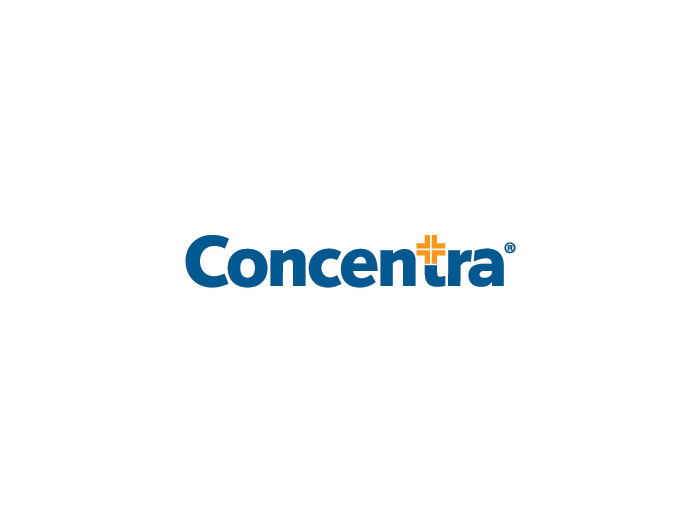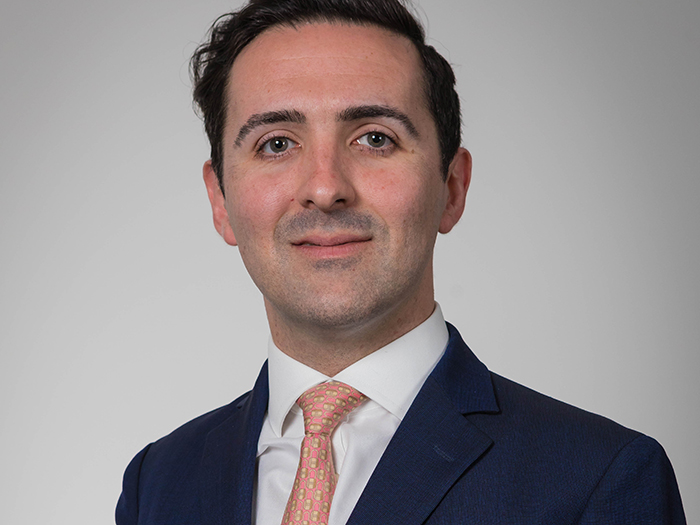Risk Insider: Robert Rheel
An Uncertain Future
In recent years, trends in liability claims have been relatively low, with weak economic growth helping to maintain a benign claims environment. The result has been higher profitability for insurers in liability.
However, in our current risk environment, there are waves of new and emerging issues constantly sweeping into the market with unknown risk and liability profiles.
Technological advances, predictive modeling and government regulations have shifted the market and caused new issues and risks to emerge that can affect liability claims going forward that impact customers, brokers and insurers alike.
These new issues vary across industries — from emerging technologies like e-cigarettes, wearable devices, robotics, 3-D printing and driverless cars to the long-lasting effects of sports injuries and the regulatory ramifications of diminishing tort reform — and cast the primary and excess general liability market on a turbulent path.
New risks will increase the demand for liability insurance; however, with little understanding of the related liability claims, the increased demand will be challenging for insurers to effectively manage these risks.
Given the multitude of issues, I have some predictions on which way the market will turn.
Next year will be the start of a “micro-casualty” period, marked by a state of extreme market conditions.
I’ll use the analogy of the economic cycle to illustrate this state of extremes I believe the industry will face. If all the people around you have jobs, then we are in expansion; if your neighbor is out of work, then we are in recession; and if you are out of work, then we are in a depression.
That analogy depicts the casualty market as we head into 2015. Some customers will feel the effects of a soft market and enjoy rate declines in their programs, akin to economic expansion. Others will feel the chill of a recession with difficulty finding adequate limits at any price. How can that be?
A variety of changes will shape the future of liability insurance. The perception of the market will depend on the emergence of predictive modeling of losses; this new and needed predictive modeling needs to be combined with the expertise of a specialist.
Data modeling alone can lead to inaccurate outcomes. The specialist experts will understand emerging trends and predict future loss trends — where no data exists. Thus, we are left with a paradoxical micro-casualty period in which some customers enjoy favorable market conditions while others struggle to find solutions.
On a macro level, it is clear that the insurance market is growing and changing, with the emergence of new market cycles and the end of some traditional ones.
This transition itself means a bumpy ride for those in the liability market as they navigate the market cycle transitions. Ultimately, it will be the specialists in the market who capture the opportunities emerging in the casualty marketplace. They will provide the expertise and innovations to help guide customers and brokers through the micro-casualty period.
Read all of Robert Rheel’s Risk Insider articles.










